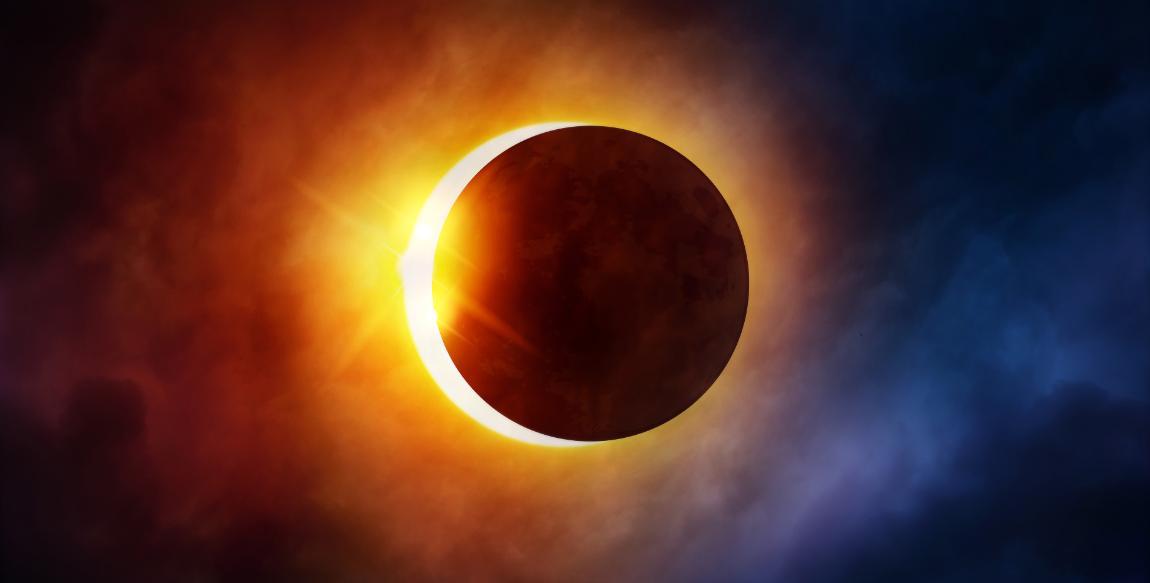

In the early afternoon on Monday, Aug. 21, the skies will darken over Farmville and much of the rest of the United States as the moon moves in front of the sun for a rare solar eclipse.
At Longwood, the Department of Chemistry and Physics is hosting an eclipse viewing party on Wheeler Mall—which allows stunning and clear views of the afternoon sky—for students, faculty, staff and members of the Prince Edward community who’d like a unique viewing experience.
Longwood science faculty and students will give out free solar viewing glasses, courtesy of the Cook-Cole College of Arts and Sciences, and have three telescopes with solar filters on the lawn for closer viewing.
A total solar eclipse like next month’s, which will be visible by millions of Americans across the entire continental United States, happens rarely. The last time this phenomenon occurred was in 1979 and prior to that in 1918. Luckily, it will happen again in a mere 7 years on April 8, 2024.
“We will see about 85 percent coverage here in Farmville,” said Dr. Kenneth Pestka II, assistant professor of physics, who is organizing the eclipse watch party. “The moon will start to move across the sun’s face at about 1:15 p.m. and will reach its maximum coverage at about 2:40 p.m. It’s going to be an incredible thing to see, but it’s extremely important that viewers do not look directly at the sun, which can cause permanent eye damage. It is possible to view the eclipse safely with a pinhole camera or other device that will project an image on the ground. For direct viewing, only approved solar glasses should be used. We’ve ordered enough solar glasses for everyone who wants to come so they can safely watch the event.”
Starting at 12:30 p.m. on Aug. 21, faculty and students will be available on Wheeler Mall, the site of undergraduate commencement, to answer questions and provide assistance. They’ll remain on hand until the moon clears the sun’s face at about 4 p.m.
Two viewing rooms in Chichester Science Center have been reserved to stream video of the total eclipse if weather conditions preclude outside viewing.
While a total solar eclipse crossing the United States is somewhat rare, total solar eclipses are visible from some point on earth about once every 18 months.
